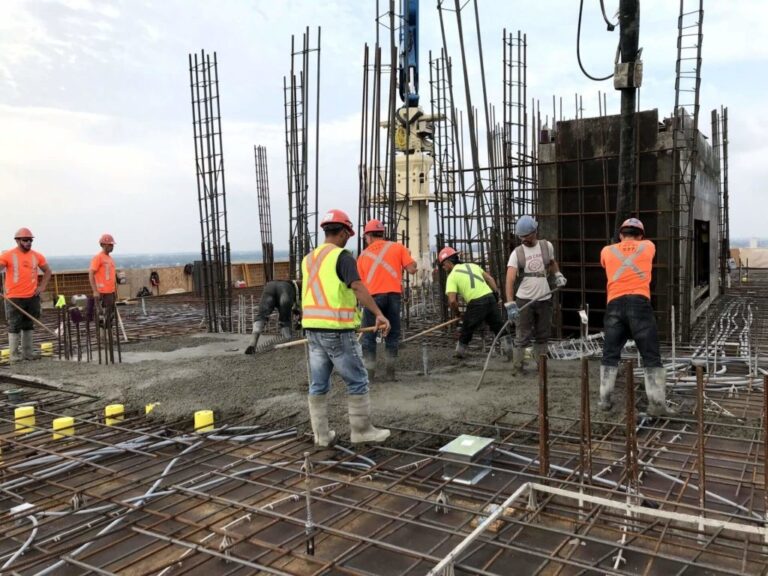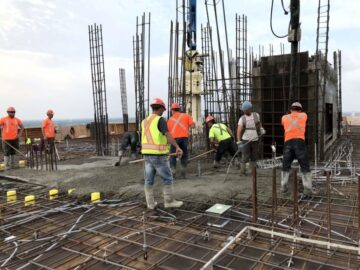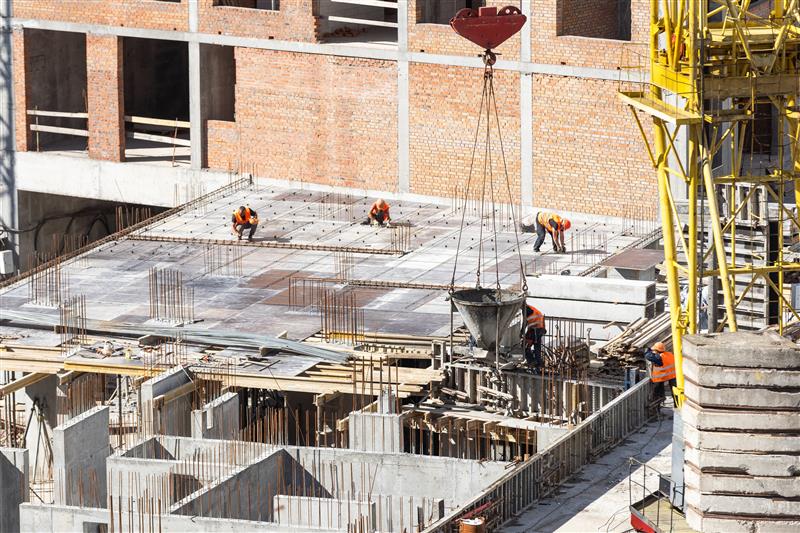Concrete is widely used in modern construction due to its accessibility, cost-efficiency, strength, and durability. However, its performance can be compromised by environmental elements, weather conditions, and natural disasters. Its performance can also be significantly impacted by any changes in the mix design and raw material used. A significant issue is the lack of efficient real-time concrete strength and temperature monitoring during curing. Premature removal of formwork and extreme weather conditions, such as cold or hot temperatures, can lead to structural weaknesses, delays, and costly repairs. Implementing real-time monitoring is crucial to ensure accurate assessment and timely adjustments, thereby enhancing the reliability and quality of concrete structures.
Concrete is widely used in various structures, and ensuring its quality and required strength necessitates careful monitoring to confirm that the structure meets the intended design code specifications. The material’s quality is affected by its mix composition, delivery, placement, and curing conditions. While traditional strength assessment tests like break tests or drilled cores are widely used, they can be error-prone. Non-destructive methods offer more efficient, less labor-intensive, and more advanced alternatives, allowing for accurate strength assessment without compromising integrity.
Brief Overview of Traditional Strength and Temperature Monitoring Methods and Their Limitations
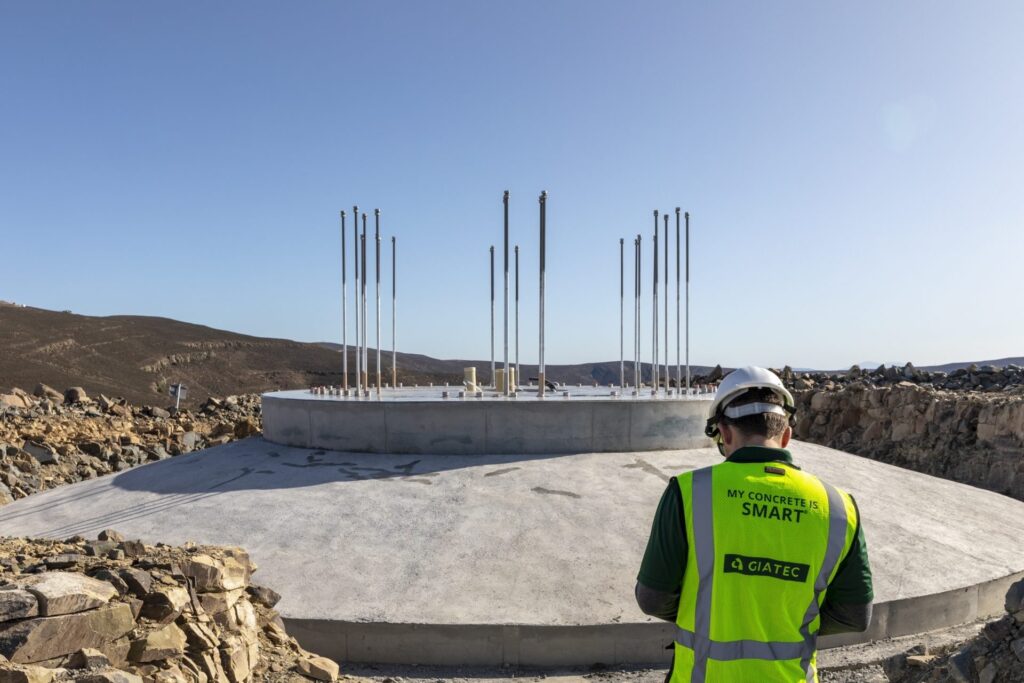
As mentioned, traditional methods for testing the strength of concrete, such as compression break testing, involve creating and then destructively testing concrete samples like cylinders or cubes. These methods can be costly and time-consuming, and they may not accurately reflect the in-situ concrete’s strength due to differences in curing conditions and potential disturbances during sample extraction, creating delays in the schedule.
To address these issues, the maturity method is introduced. This non-destructive approach estimates concrete strength in real time based on its temperature history. The method correlates the concrete’s temperature over time with its strength development, following the principle that concrete strength is directly related to its hydration temperature history.
However, this method requires a calibration process to create a unique relationship between the maturity index and concrete strength for a specific mix design. The calibration is typically done once for a mix and involves preparing and testing concrete samples to measure strength gain over time.
While the maturity method can save time and reduce the need for destructive testing, the initial calibration process can be seen as an additional step that contractors might find time-consuming. Also, even though the traditional break test evaluates the concrete strength and is widely adopted and standardized, it is not necessarily representative of the actual in-situ strength because of the difference in curing conditions. In addition, the making and handling of the specimens may be error-prone.
Consequently, the demand for a new technology that allows contractors to easily monitor concrete strength without prior calibrations stems from the frequent introduction of new mixes or modifications to existing ones. Self-calibrated sensors offer a solution by automatically adapting and calibrating, enabling real-time strength assessments with minimal setup.
Introducing Self-Calibrating Sensors
Self-calibration streamlines concrete strength assessment compared to traditional maturity methods that require individual mix calibrations and temperature-based strength calculations.
The SmartRock® Pro sensor improves concrete monitoring by automatically detecting the pouring time when it comes into contact with the concrete. Once the concrete is poured, the device begins measuring temperature and initiates strength calculations automatically, requiring no additional input from the user. Unlike other systems, the SmartRock Pro does not require prior calibration, making it quick and easy to use with various concrete mixes. This streamlined approach ensures accurate and efficient monitoring without the need for specialized equipment or personnel, avoiding the lengthy calibration process typically associated with other methods.
All the data collected by the SmartRock Pro is downloaded via the mobile application and is accessible via our Giatec 360™ cloud dashboard. It enables real-time on-site measurements, revealing any variations in strength, accurately reflecting the delivered concrete, and ensuring mix performance transparency. This user-friendly approach simplifies the process, eliminating the need for specialized training or external parties.
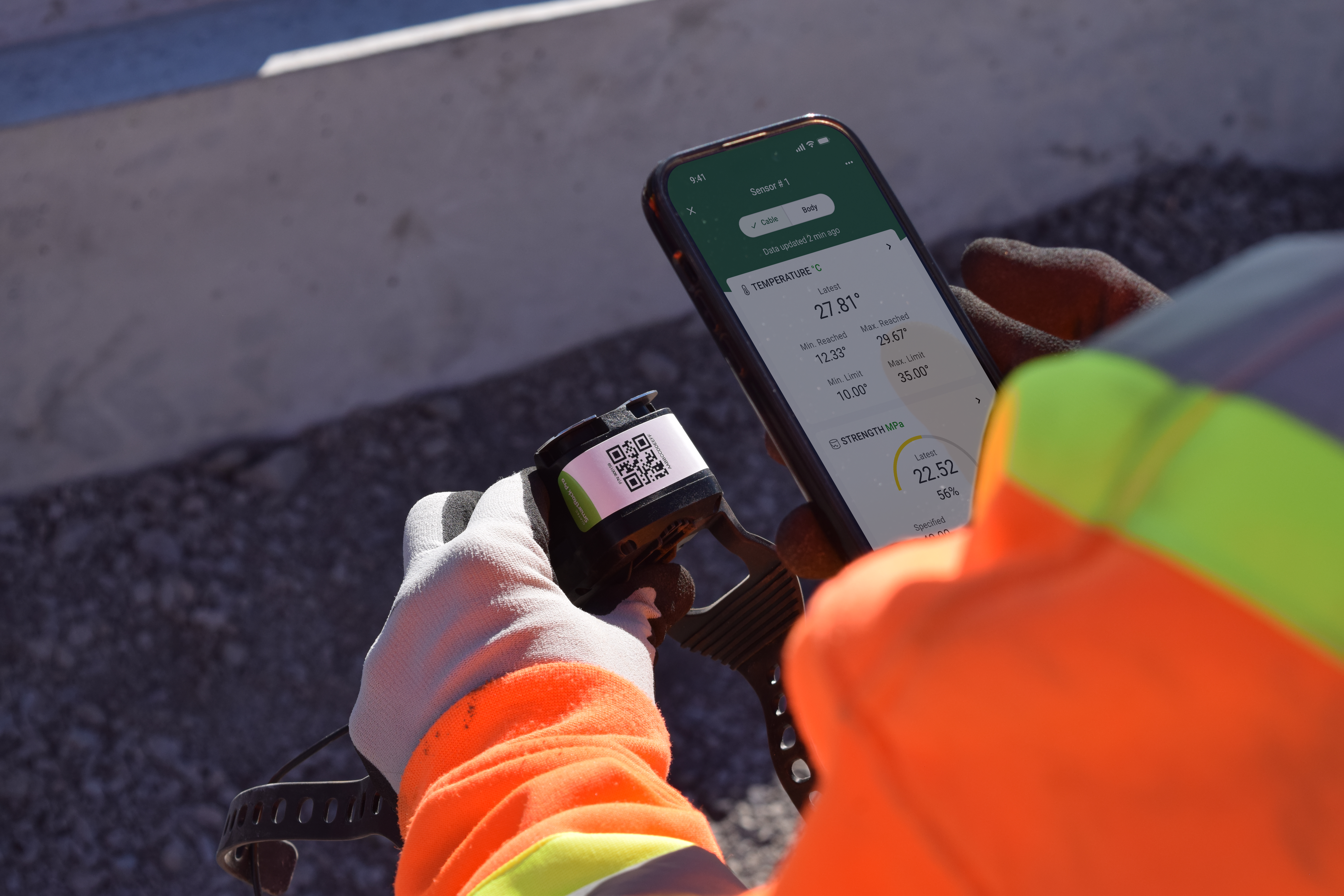
Revolutionize concrete strength monitoring with SmartRock Pro!
Revolutionizing Concrete: Meet the Self-Calibrating SmartRock Pro Sensors
Utilizing a blend of patented technology for electrical and mechanical measurements, the SmartRock Pro accurately determines concrete strength, using concrete electro-mechanical microstructure analysis (CEMMA) technology. This multi-modal approach offers a comprehensive understanding of concrete properties, facilitating precise and reliable strength calculations. All data collected during concrete curing is transmitted to the SmartRock mobile app via Bluetooth®, allowing for real-time access and review. Further analysis and processing can be performed through the Giatec 360 web dashboard, offering comprehensive insights into concrete strength development and overall performance.
For the installation process of SmartRock Pro, read more here.
Advantages of Self-Calibrating Concrete Sensors
As discussed earlier, SmartRock Pro sensors activate upon contact with the concrete and immediately start real-time strength measurements. Seamless reporting of this data enhances project efficiency, as the sensors self-calibrate to adapt to changing conditions. This adaptability results in better quality control, cost savings, increased time efficiency, and reduced waste, minimizing the need for break tests.
To learn more about SmartRock Pro and its differences from conventional maturity wireless sensors, SmartRock check out our blog!
Conclusion
The emergence of self-calibrating sensors like the SmartRock Pro represents a significant advancement in concrete construction. These sensors provide you with instant real-time data without requiring manual calibration and destructive testing, providing measurements from the early stages of curing. With advanced technology and continuous adjustment capabilities, they ensure consistent results even in diverse environmental conditions. By empowering construction teams with precise data and seamless integration into existing workflows, the SmartRock Pro enhances project efficiency, reduces risks, and optimizes outcomes, marking a transformative shift in concrete strength monitoring practices.

